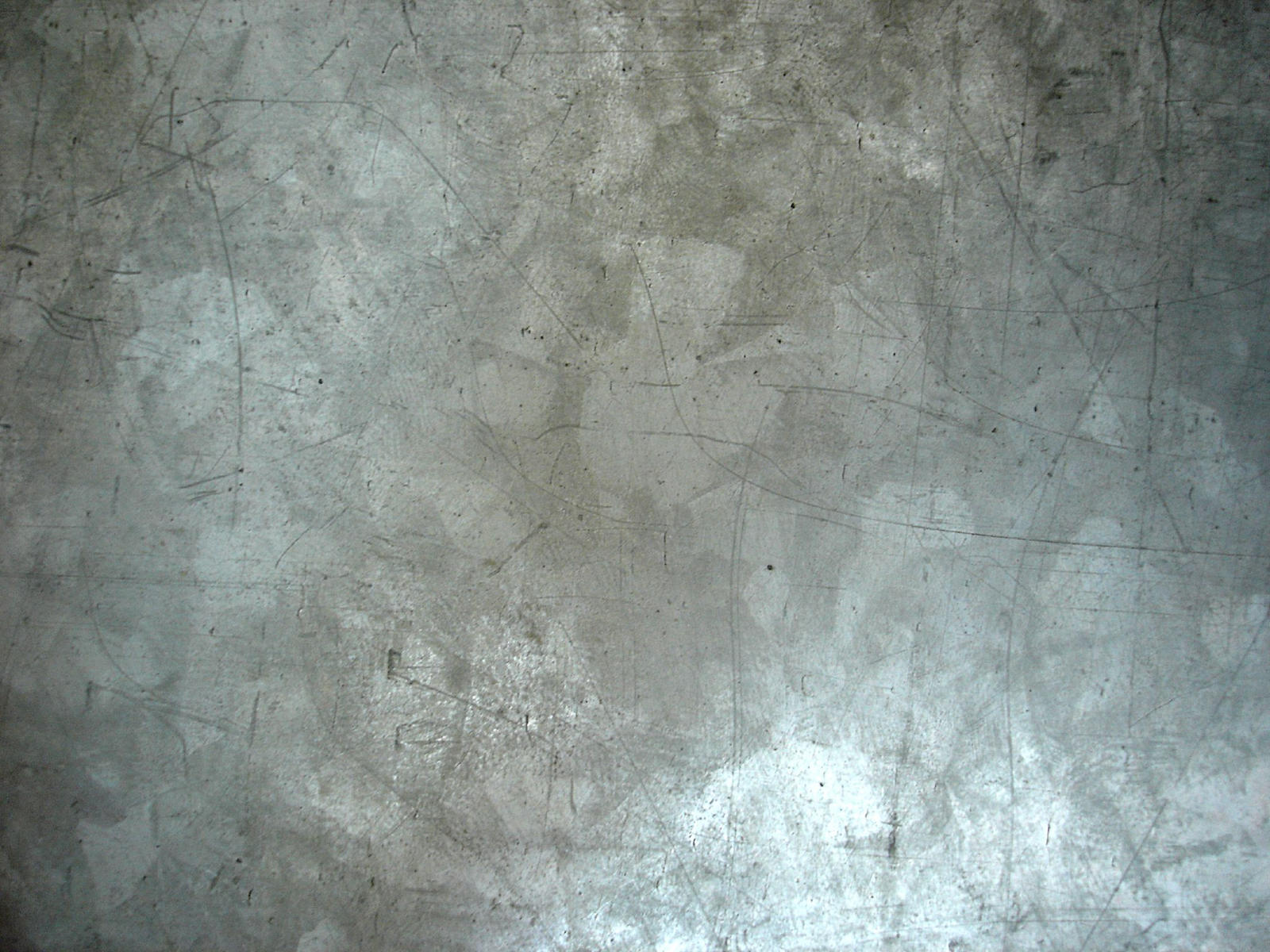 I am currently working on a 3D animation of a WW2 German FW190 Fighter plane. The animation will be for a UMBC Cinematic Arts student's Senior Project. It will be a 3D model that will be rigged and animated for a live-action video sequence.
I am currently working on a 3D animation of a WW2 German FW190 Fighter plane. The animation will be for a UMBC Cinematic Arts student's Senior Project. It will be a 3D model that will be rigged and animated for a live-action video sequence.I have separated the process into distinct phases.
Phase 1: The Propeller
Phase 2: The Plane body
 Phase 3: Rigging and Animation.
Phase 3: Rigging and Animation.For each phase, I am modelling, texturing, and bump mapping the components.
For the propeller phase, I started by modelling one blade and by creating the spinning "socket" that the blades attach to. I then textured and bump-mapped, the blades and socket and then duplicated the blades. Lastly, I combined the blades and socket together.
-Autodesk Maya for 3D modeling and UV mapping
-Adobe Photoshop for texturing
-CrazyBump Beta for bump mapping.



No comments:
Post a Comment